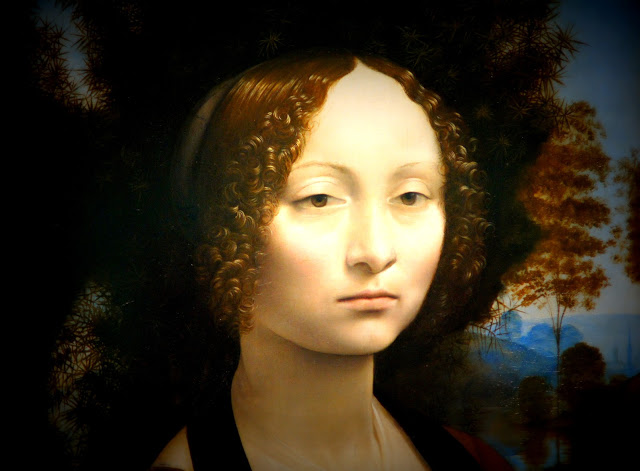I hope you will seek out opportunities to vist and art gallery and explore some of the works of incredible artists and allow yourself to be moved by them. I have never known such beauty in art before, and I am hooked! I see more trips to the gallery in the future 🙂



